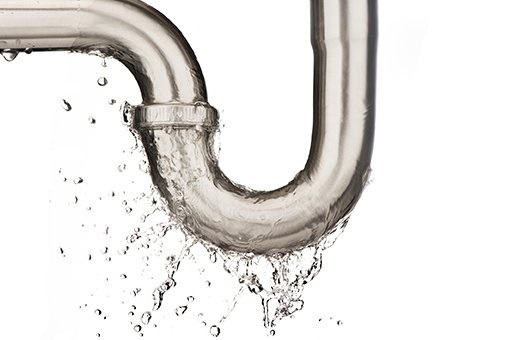Mold comes in thousands of varieties. Every day we breathe in mold spores. Within 24 to 48 hours after settling, these spores can reproduce. Their only requirements are moisture and oxygen. Showers and bathrooms are perfect places for mold to grow.
Mold can penetrate porous material, unlike mildew, which forms on surfaces. It is likely that you have mold if you see black or green gunk on your tiles or caulking or if you see dark spots along your walls.
Mold can be harmful to people, especially if they have acute illnesses or compromised immune systems.
How to Keep Your Shower Mold-Free
If you have black mold in your shower, orange mold in your shower, or mold in your shower grout, you need a cleaner specifically designed for mold. Bleach is often promoted as the best way to remove mold, but it doesn’t fully solve the problem. Bleach removes surface mold and stains, but it does not kill fungus that has soaked in.
You can use vinegar or hydrogen peroxide in a 1:1 solution to kill deep-rooted mold if you prefer not to use a commercial detergent.
Here are the things you will need:
- Cleaner
- An aerosol spray bottle
- A pair of rubber gloves
- A cloth to clean with
- Stiff-bristled scrub brush
- Paper towel or toilet paper
- Bleach
- Vinegar
Here are the steps you need to follow for a thorough cleaning:
- With detergent or cleaning solution, spray down all areas of the shower that are affected.
- Immerse for at least 20 minutes.
- To prevent mold growth, apply paper towels or TP in cracks and along the tub rim.
- Use a brush to scrub vigorously.
- Wipe the surface with clean water after rinsing.
- Bleach should be used to remove any stains.
- Wipe with a damp cloth.
- Vinegar should be sprayed and allowed to dry.
Lastly, preventative measures are taken. White vinegar inhibits mold growth and reduces the possibility of mold returning to your shower.
Contact a professional remediator in Wimbledon if you notice significant mold growth or are concerned about toxic mold. Do not attempt to handle large mold projects on your own.
Moldy walls/cracks should never be painted or caulked. Neither you nor the mold will be able to prevent its reproduction. Install new, mold-resistant caulk to replace old, mold-prone caulk.
How to remove mold from the shower head
Mineral deposits and mold build up on shower heads over time. Here’s a trick to clean all those small holes in the nozzle.
Fill a plastic bag with a 1:1 solution of white vinegar and water. Tie a rubber band around the bag and place it over the shower head. Allow the shower to soak in the solution overnight. It will look like new the next morning, and best of all, it will be mold free.
Keeping Showers and Bathrooms mold-free
Mold can be prevented from forming if it is not allowed to form. Limit the growth of mold in your shower by following these tips.
- When showering, open a window or turn on an exhaust fan.
- Do not use humidifiers more than 50% of the time.
- Mold-killing products should be used often in the bathroom.
- Make sure leaks, drips, and other sources of moisture are fixed.
- Frequent air filter changes are recommended.
- Wet towels and laundry should not be left on the floor.
- Keep shower walls clean by spraying vinegar regularly.
You can significantly limit mold’s growth by keeping your home dry and clean. A clean and maintained bathroom means no ugly dark stains on the tile or grout.





